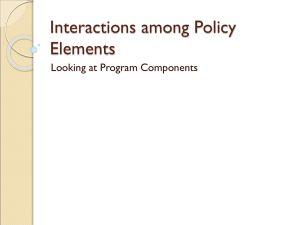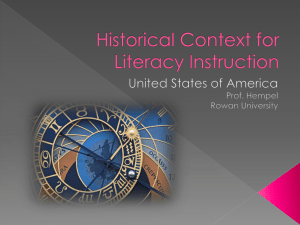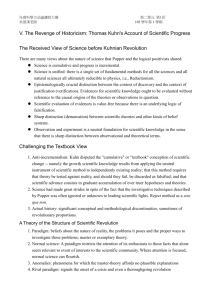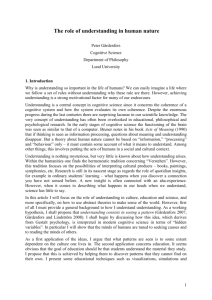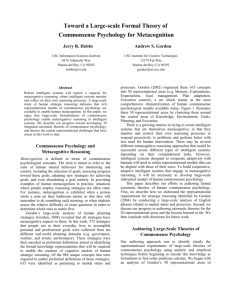Information Technology and Organizational Change: Causal
advertisement
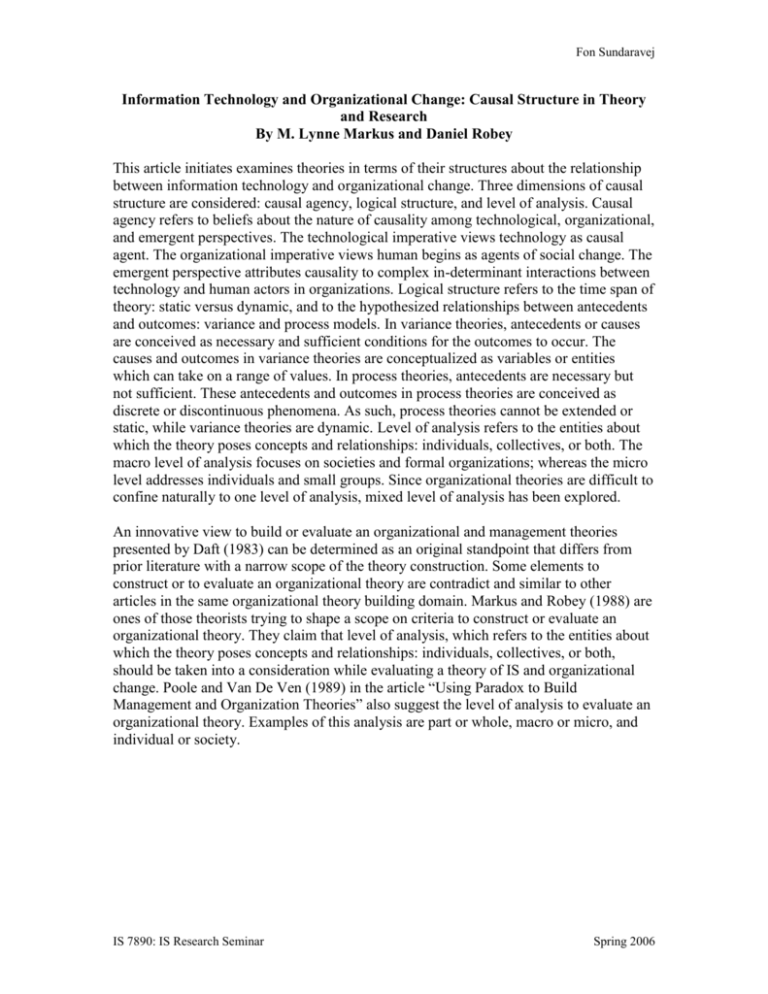
Fon Sundaravej Information Technology and Organizational Change: Causal Structure in Theory and Research By M. Lynne Markus and Daniel Robey This article initiates examines theories in terms of their structures about the relationship between information technology and organizational change. Three dimensions of causal structure are considered: causal agency, logical structure, and level of analysis. Causal agency refers to beliefs about the nature of causality among technological, organizational, and emergent perspectives. The technological imperative views technology as causal agent. The organizational imperative views human begins as agents of social change. The emergent perspective attributes causality to complex in-determinant interactions between technology and human actors in organizations. Logical structure refers to the time span of theory: static versus dynamic, and to the hypothesized relationships between antecedents and outcomes: variance and process models. In variance theories, antecedents or causes are conceived as necessary and sufficient conditions for the outcomes to occur. The causes and outcomes in variance theories are conceptualized as variables or entities which can take on a range of values. In process theories, antecedents are necessary but not sufficient. These antecedents and outcomes in process theories are conceived as discrete or discontinuous phenomena. As such, process theories cannot be extended or static, while variance theories are dynamic. Level of analysis refers to the entities about which the theory poses concepts and relationships: individuals, collectives, or both. The macro level of analysis focuses on societies and formal organizations; whereas the micro level addresses individuals and small groups. Since organizational theories are difficult to confine naturally to one level of analysis, mixed level of analysis has been explored. An innovative view to build or evaluate an organizational and management theories presented by Daft (1983) can be determined as an original standpoint that differs from prior literature with a narrow scope of the theory construction. Some elements to construct or to evaluate an organizational theory are contradict and similar to other articles in the same organizational theory building domain. Markus and Robey (1988) are ones of those theorists trying to shape a scope on criteria to construct or evaluate an organizational theory. They claim that level of analysis, which refers to the entities about which the theory poses concepts and relationships: individuals, collectives, or both, should be taken into a consideration while evaluating a theory of IS and organizational change. Poole and Van De Ven (1989) in the article “Using Paradox to Build Management and Organization Theories” also suggest the level of analysis to evaluate an organizational theory. Examples of this analysis are part or whole, macro or micro, and individual or society. IS 7890: IS Research Seminar Spring 2006







